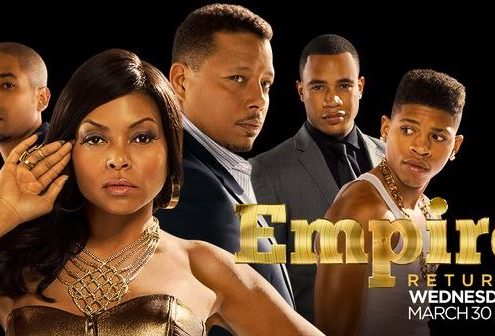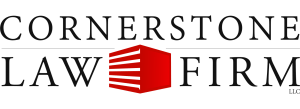
Making Your Band into a Brand: Does Your Band Need an LLC?
Business Law, Contracts, CopyrightWhile it’s not strictly necessary, an LLC can help your band. Whether you’re rocking out with your audience in a packed concert or recording a new song in a quiet studio, there are certain risks and responsibilities your band may encounter.…

Copyright Clearance in Self-Publishing
Contracts, CopyrightSelf-publishing is a growing industry and an incredible opportunity for authors to get their message out without the interference of a publisher or publishing house. But self-publishing also comes with a number of legal dangers, including copyright…

3rd Circuit Rules on “Empire” copyright infringement
CopyrightThe 3rd Circuit Court of Appeals released a ruling last week on whether the hit TV show Empire infringed on the copyright of a Philadelphia television writer. In Tanksley v. Daniels, the court ultimately ruled that there was no infringement…
